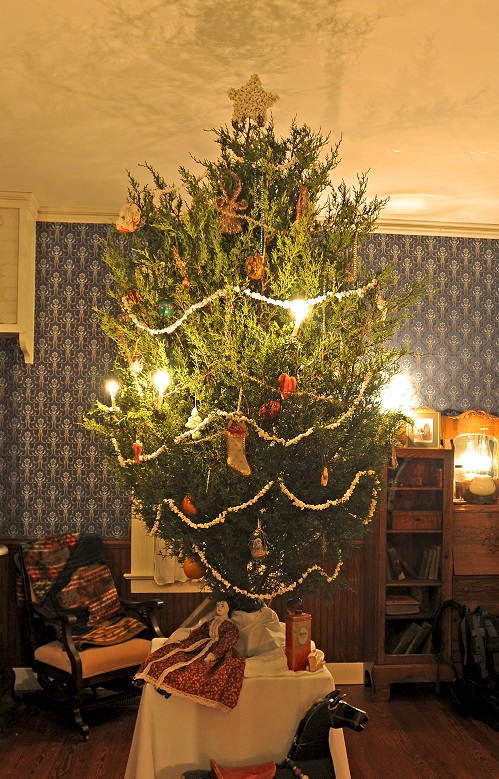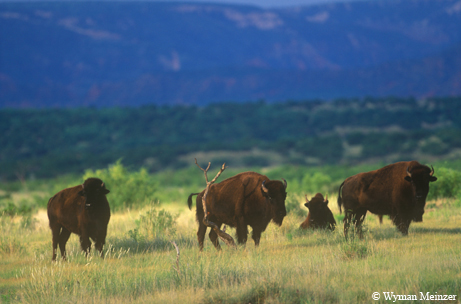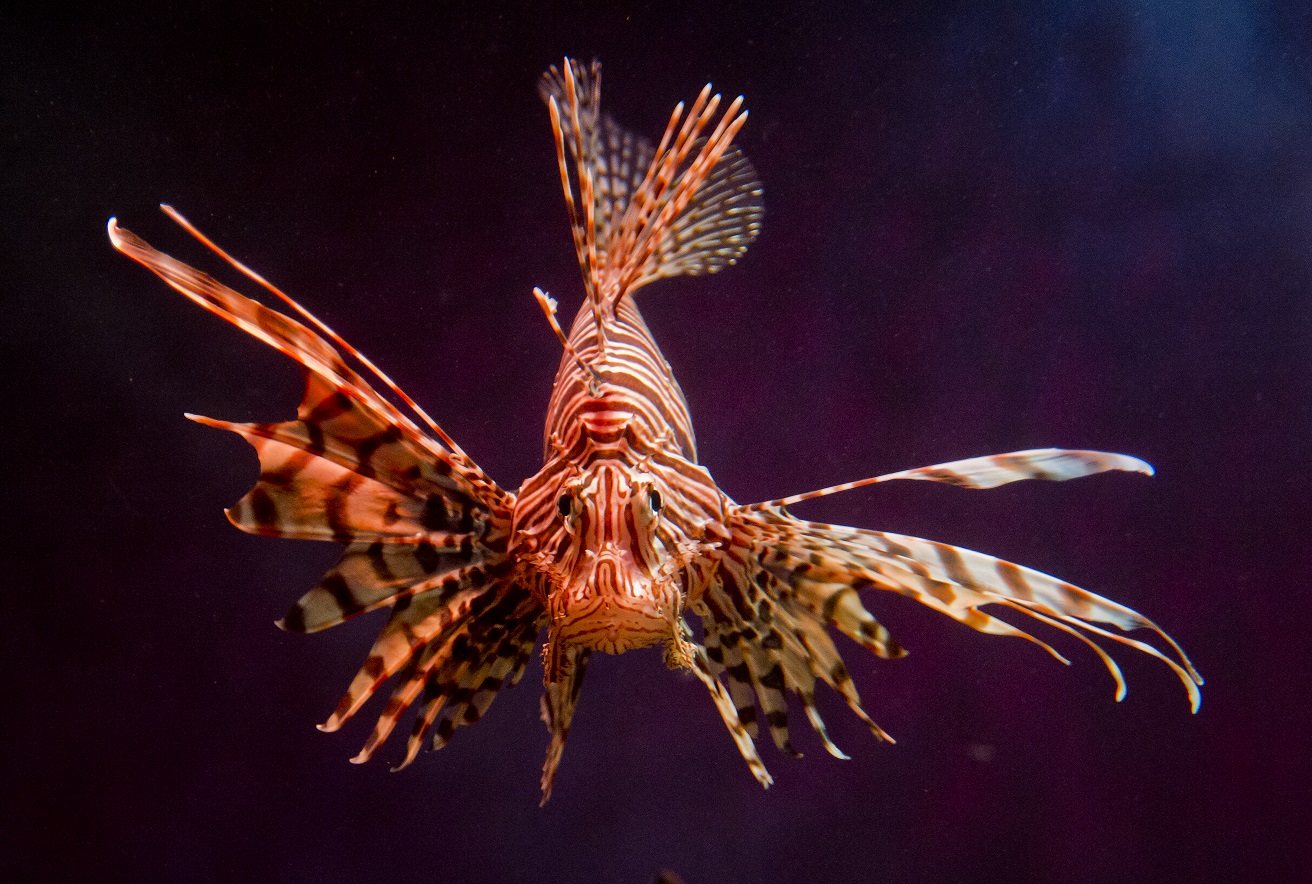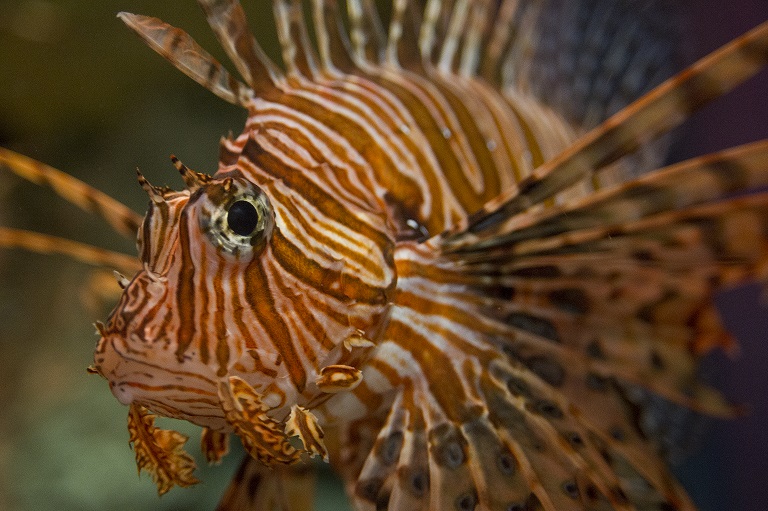Texas History: Christmas Trees in Texas
Tuesday, December 24th, 2013This is Passport to Texas
The custom of decorating trees for Christmas took root in German villages during the sixteenth century.
07—A lot of Germans, as you know, settled Texas. And they brought a tradition with them of the tabletop Christmas tree.
Cynthia Brandimarte is program director for Texas historic sites.
12—When you look at interior photographs of Texas houses, you see many tabletop Christmas trees ornamented for the season, particularly in German households in the late nineteenth century Texas.
Ornaments were handmade then, and small gifts often dangled from branches. Eventually, the tabletop conifer gave way to larger trees that became “floor models,” and the decorations sometimes mirrored the day’s events.
22—You saw more and more seven or eight feet trees that were placed on the floor. And because we had just ended the Spanish American war in victory, there was a fashion in the early part of the twentieth century to decorate trees with a few American flags here and there. We have photographic evidence for that.
If you celebrate Christmas, we wish you a joyous holiday. And if you do not, then it’s the perfect opportunity to spend time in nature, because Life’s Better Outside.
That’s our show… we record our series at the Block House in Austin, Texas.
For Texas Parks and Wildlife…I’m Cecilia Nasti.







 Passport to Texas is a
Passport to Texas is a  Passport to Texas is made available by:
Passport to Texas is made available by: